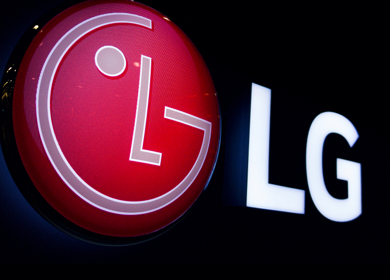The sunsetting of Similar Audiences in Google Ads is just around the corner. Find out how best to use the recent improvements?
Published: April 05, 2023

On November 1, 2022, Google announced the sunset of similar audiences in Google ads.
According to the announcement, similar audience segments will no longer be generated as of May 2023, and they will be removed from all ad groups and campaigns in August 2023.
Even as there are fewer third-party cookies available, we are committed to developing robust, long-lasting solutions for our advertisers to assist them in reaching an interested and relevant audience.
Following that, Google made some improvements to Google Ads. It makes it easier for advertisers to manage and optimise their audiences by providing a complete and consolidated view of them.
New audience reporting:
Users can view audience performance data from audience reporting.
The "Audiences" tab in the left-side navigation menu now houses all the detailed reporting regarding audience demographics, segments, and exclusions. From this report page, users can easily manage their audiences as well.
The 5 modules in the audience report are:
Audience summary card: It provides audience data along with segments and exclusions.
Audience performance scorecard: It shows an overview of the audience's performance, including how well automated targeting is improved,
Demographics: It sorts these reports according to household income, parental status, age, or gender.
Audience segments: This shows reports on how effectively users are reaching demographic groups with particular interests and goals.
Exclusions: It shows the report on excluded audience segments.
New terms:
Google has made changes to some of the names in the audience report and throughout Google Ads. For example, "custom audiences" are now referred to as "custom segments," and "combined list" is now referred to as a "custom combination segment".
How does the new improvements in Google ads assist advertisers?
The ongoing requirements for user privacy have numerous implications for the advertising industry. The sunset of similar audience segments is one such.
Google, being a user-friendly and revolutionary platform, is seemingly focusing on developing privacy-preserving alternatives for advertisers.
Needless to say, the company enlisted different ways for advertisers at the time of this announcement to effectively handle the new change and to dilute the possible negative impacts.
Now, the new improvements made to Google ads can take it a step further and assist advertisers in many ways.
- Be it management or tracking, advertisers can handle it from the same place without having to jump from one place to another.
- The ability to analyse the Comprehensive Report of campaign, ad group, and account-level performance can enhance the understanding of the effectiveness of targeting.
- The audience summary card will be of great help in making changes or updates to the audience segments of a specific ad group, giving flexibility and ease of management.
- By getting the granular data on which types of audiences/interests are performing well, advertisers can get an idea of where they must change their targeting strategy. As a result, they can tailor their ads to specific interests and maximize the campaign's performance.
- The ability to view different slices of data via different chart views can help get better insights into audiences and will help reach high-value audiences.
Apparently, Google Ads is evolving and providing advertisers with innovative new ways to attract their target audiences despite the never-ending challenges popping up in the advertising industry.
Although the new updates often leave advertisers frustrated, it is crucial for advertisers to keep up with new changes in the platform so as to improve the results of their advertising campaigns.










Be the first one to comment.